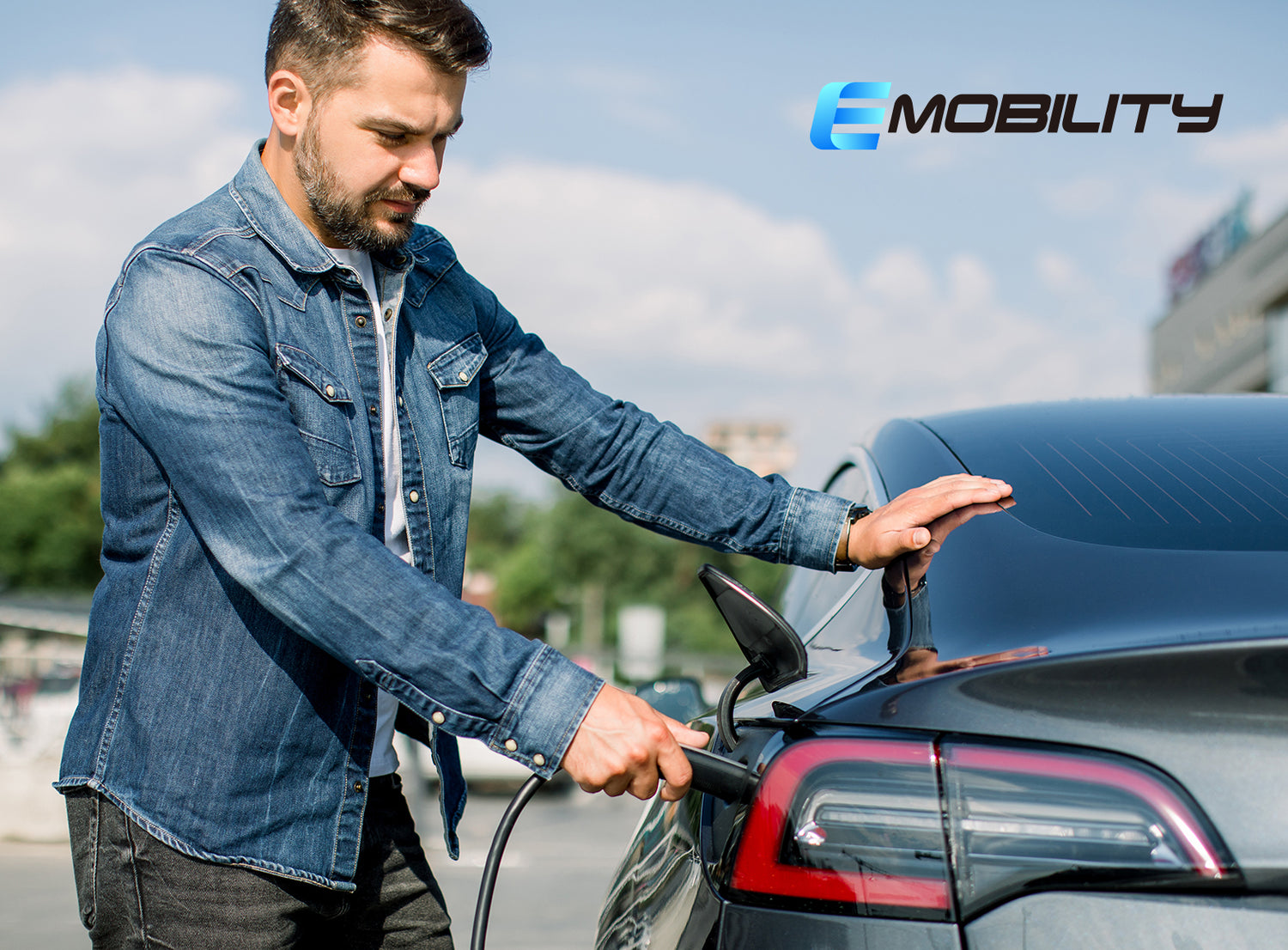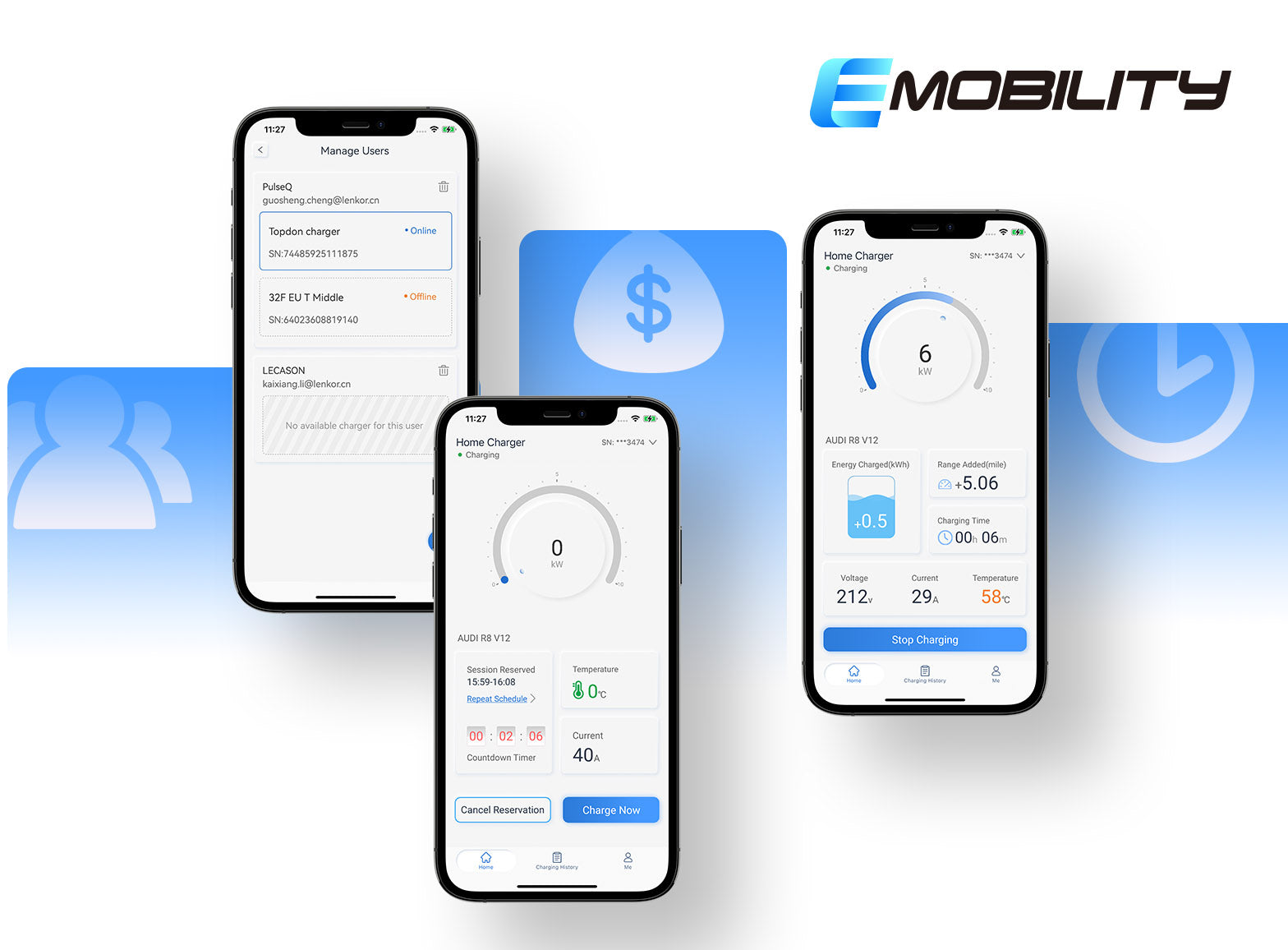By Alex Bull - Expert Content Writer for the Automotive Industry
Electric vehicles have major benefits. Not only are they more sustainable and less polluting, but they are also a cheaper way of transport when you consider fuel cost. According to the International Energy Agency (IEA), the number of electric cars on the world's roads has tripled since2022, reaching about 27 million. In 2022, global sales of electric cars rose by 63.6% compared to the same period in 2021, with10.65 million electric cars sold. As more people switch to EVs, it becomes increasingly important to have a reliable and convenient way to charge them.
The growing popularity of electric vehicles
There are several reasons why electric vehicles are becoming more popular. One of the main reasons is that they are more environmentally friendly than traditional gas-powered vehicles. They produce fewer greenhouse gas emissions and help to reduce air pollution in urban areas. Additionally, electric vehicles can be cheaper to operate and maintain than gas-powered cars, especially now we are seeing high gasoline prices.
Importance of having a home EV charger:
While public charging stations are available, having a home EV charger provides several benefits. It allows EV owners to charge their cars conveniently and efficiently while at home, eliminating the need to go out of their way to find a public charging station. Home charging is often cheaper than public charging and allows for more control over the charging process. In this article, we will explore the benefits of having a home EV charger, how to get one installed, and how it works.
Types of Home EV Chargers
Level 1 Chargers
Level 1 chargers are the most basic type of home EV chargers available in the market. They use a standard 120V outlet, the same as the one used for most household appliances. These chargers are simple and easy to use, with a plug-and-play setup that requires no special installation or electrical work.
Pros of Level 1 Chargers:
* Low cost: Level 1 chargers are generally more affordable than Level 2 chargers.
* No special installation required: Since they use a standard outlet, Level 1 chargers can be used anywhere there is a power outlet.
* Portable: Level 1 chargers are small and lightweight, making them easy to move around and take with you wherever you go.
Cons of Level 1 Chargers:
* Slow charging: Level 1 chargers typically provide a charging speed of around 4-5 miles of range per hour of charging. This means that it can take up to 12 hours or more to fully charge an electric vehicle.
* Limited compatibility: Some electric vehicles may not be compatible with Level 1 chargers, especially those with larger batteries or longer ranges.
Level 2 Chargers
Level 2 chargers are faster than Level 1 chargers, providing a current rating up to 40A. These chargers require a 240-volt electrical outlet, which may require professional installation by an electrician. While Level 2 chargers may have a higher upfront cost, they can save time and provide a greater range of charging options.
Pros of Level 2 chargers:
* 5-7X Faster charging speeds compared to Level 1 chargers.
* Suitable for most EVs
* Offers more charging options, including outdoor installation.
Cons of Level 2 chargers:
* Higher upfront cost than Level 1 chargers
* May require professional installation.
* May require upgrading the home’s electrical system.
Example of Level 2 charger: Topdon Pulse AC Home EV Charger
The Topdon Pulse AC Home charger is a Level 2 Wall-Mounted Portable EV Charger. It’s a reliable and convenient option for EV owners who want to charge their vehicle quickly and efficiently. This charger outputs a load of up to 240 volts and 40 amps, allowing for a charging speed of up to 47 miles per hour (9.6kW for US version).
The Topdon Pulse AC Home EV Charger is compatible with most EVs and comes with a variety of safety features, including overvoltage protection and overcurrent protection. It is a great option for those looking for a reliable and energy efficient Level 2 charger.
Compatibility
As there are many different types of electric vehicles on the market, it is important to know what kind of charger is compatible with your specific make and model. Some EVs may require a Level 1 or Level 2 charger, while others may need a specialized charger. It is important to research the requirements for your vehicle to ensure you purchase the correct charger.
To determine the compatibility of a home EV charger with your specific electric vehicle, you can refer to your vehicle’s manual or check with the manufacturer. Additionally, many charging stations will list the compatible models on their website or product description.
Installation Steps of a Home EV Charger
1.Preparation steps before installation
Before installation, it is important to ensure that your home’s electrical system is capable of supporting a home EV charger. This may require an electrical panel upgrade or the installation of a dedicated circuit.
2.Choosing the location for installation
When choosing the location for installation, consider factors such as proximity to the electrical panel, ease of access for the vehicle, and protection from the elements.
3.Hiring an electrician
It is recommended to hire a licensed electrician to install the home EV charger to ensure proper installation and compliance with local codes and regulations.
4.Process of installation
The installation process will vary depending on the specific charger and electrical setup. Generally, the electrician will mount the charger, install the wiring and conduit, and connect it to the electrical panel.
5.Example of Topdon charger installation
The Topdon Level 2 Wall-Mounted EV Charger can be installed in a variety of locations, including a garage, carport, or driveway. The installation process involves mounting the charger on a wall, running conduit, and wiring to the electrical panel, and connecting it to a dedicated circuit.
A home charger is essential for EV Owners
A home EV charger provides convenient, cost-effective, and reliable charging for electric vehicle owners. It eliminates the need for frequent trips to public charging stations and can save money compared to using public charging. Having a professional installation ensures proper installation, compliance with local codes and regulations, and the safety of the charging system.
Tips: Here's a formula to figure out how many miles you charge per hour.
How much mileage is charged in one hour = how many kilometers can be run by 1 kilowatt-hour of electricity * how much electricity can be charged in one hour
Here are the steps:
1.If we need to calculate how much mileage is charged in one hour, we first need to know how much mileage the car itself can run on 1 kWh. This is related to the capacity and cruising range of the vehicle itself. The calculation formula ‘EV Range km/capacity kWh’. We denote the calculated value by X;
Example: EV range is 600km, battery capacity is 78.4kwh. Then we can calculate X value=600/78.4=7.65km
2.The formula for calculating how much electricity can be charged to this car in one hour. The calculation formula is charging voltage * charging current. For example: use 40A current, 240V to charge, charging speed = 240×40=9.6kWh; that is to say, we charge 9.6 kWh in one hour. We denote this value by Y;
3.At this point, we can get how much mileage is charged in one hour = X*Y=7.65*9.6=73.44KM.




Leave a comment
This site is protected by hCaptcha and the hCaptcha Privacy Policy and Terms of Service apply.